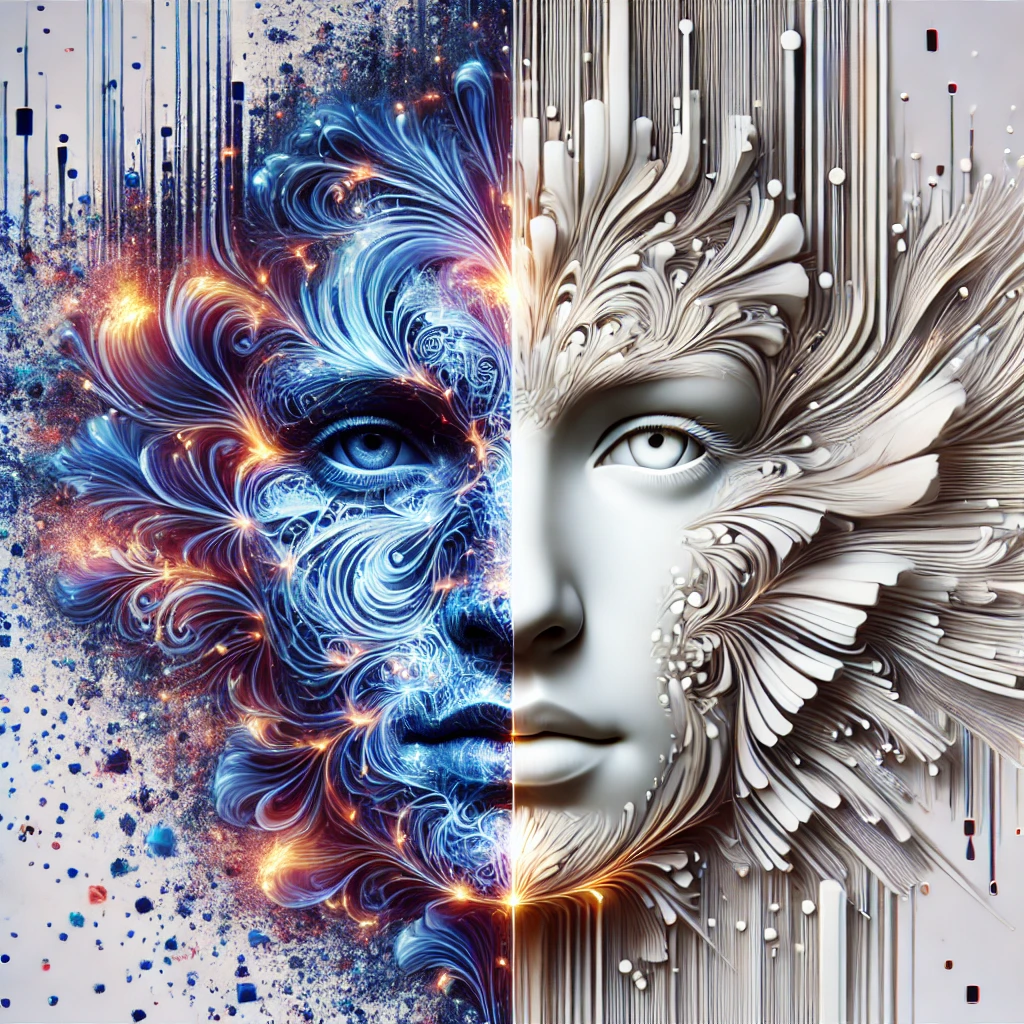How AI Generates Images

Introduction to AI Image Generation
Artificial intelligence has revolutionized digital art by enabling computers to generate incredibly realistic and imaginative visuals. AI-generated images have found applications in graphic design, photography, gaming, and even filmmaking. But how exactly does AI create such images?
Generative Adversarial Networks (GANs)
The most popular technique behind AI-generated images is the Generative Adversarial Network (GAN). A GAN consists of two neural networks—a generator and a discriminator—that compete against each other. The generator produces images, while the discriminator evaluates their authenticity.
- Generator: Creates images from random data.
- Discriminator: Judges the authenticity of generated images against real ones.
Over time, this competition leads to the generation of images indistinguishable from real ones.
Example of GAN-Generated Images
A prominent example is This Person Does Not Exist, which generates realistic portraits of non-existent people.
Diffusion Models
Another powerful method used today is the Diffusion Model. Unlike GANs, diffusion models gradually transform random noise into coherent images by iteratively applying noise-reduction processes.
Examples include tools such as OpenAI's DALL-E 3 and Stability AI's Stable Diffusion.
Applications of AI-Generated Images
- Graphic Design: Quickly creating graphics for marketing and advertising.
- Entertainment: Producing concept art for movies and games.
- Photography: Enhancing or modifying images creatively.
Ethical Considerations
Despite their power, AI-generated images raise ethical concerns around authenticity, copyright, and deepfakes. It's crucial for users and creators to maintain transparency regarding AI-generated content.
Conclusion
AI image generation has unlocked creative possibilities, drastically reducing the barrier to visual creativity. As the technology advances, it promises even greater impact across various industries.